Aviemore: Remembering the Alpine-style holiday resort in the Highlands
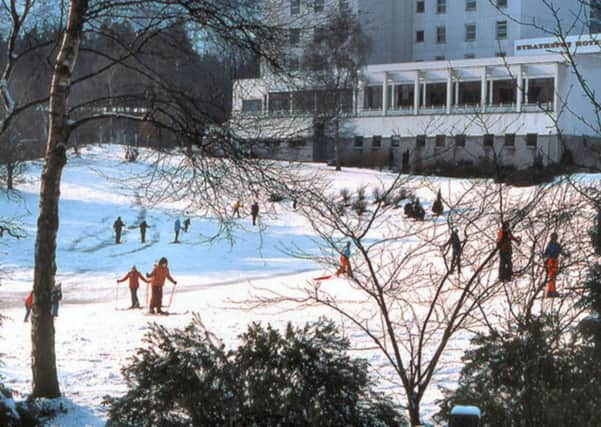

In 1966, The Aviemore Centre was created to bring together the ultimate holiday experience in the north - with a new swimming pool, sauna, cinema, ice rink, shops and restaurants created to enhance this new destination.
Highlights for young visitors included Santa Claus Land, which against the backdrop of the snowy mountains felt kind of magical, and the rather nippy go-kart track.
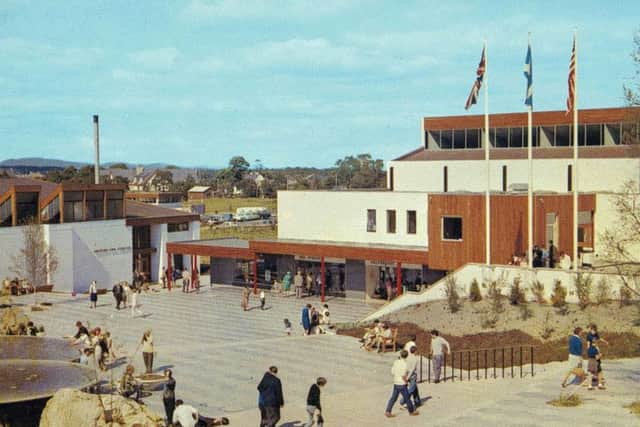

Advertisement
Hide AdAdvertisement
Hide AdThe centre opened in 1966 as the development of the Cairn Gorm ski area got underway with department store magnate Lord Fraser of Allander and brewer George McEwan Younger coming up with the £3m resort plan to seize on the popularity of the new ski lift.
Soon, Aviemore was booming with visitors. Overnight coaches from London would drop off visitors eager for a day on the slopes with buses from Manchester and Newcastle also delivering a new wave of visitors to the Highlands.
At least one of the major new hotels, The Strathspey, which soared over the village in a tower of white concrete, had its own ski school and instructor with beginners lessons taken on the front lawn when snow allowed.
Aviemore enjoyed a good few years as a fashionable holiday destination with a million visitors recorded in the early years of the development.
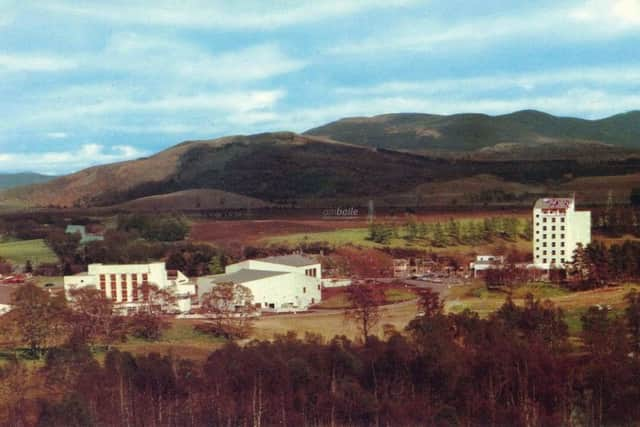

Young visitors between the age of 18 to 35 were particularly drawn by the ambitious marketing of ‘glamorous Aviemore’ with the crowds coming from across Scotland to fill up hundreds of beds in new moderns hotel and chalets.
Acts like Billy Connolly and The Corries played the hotels and the disco heaved at weekends.
While Alpine holidays remained for the privileged few, a fun-packed holiday among the snow-capped peaks was possible here right in the heart of the Highlands.
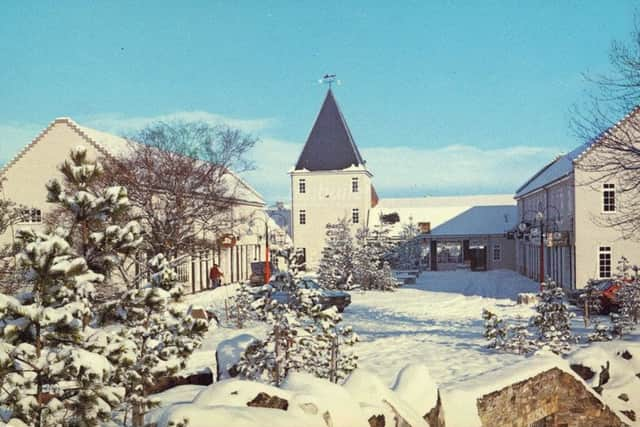

Some thought Aviemore was tacky then, but plenty enjoyed the village where old-style Highland charm met a brasher new town vibe.
Advertisement
Hide AdAdvertisement
Hide AdHowever, that 1960s optimism of modernism started to fade and withing only a decade cracks started to appear in the building fabric of the The Aviemore Centre.
One woman, whose father had a sport shop in the centre, recalled how ‘mushrooms’ grew in his office given the moisture that hung in the walls.
Windows cracked, heating failed and the vision started to fray.
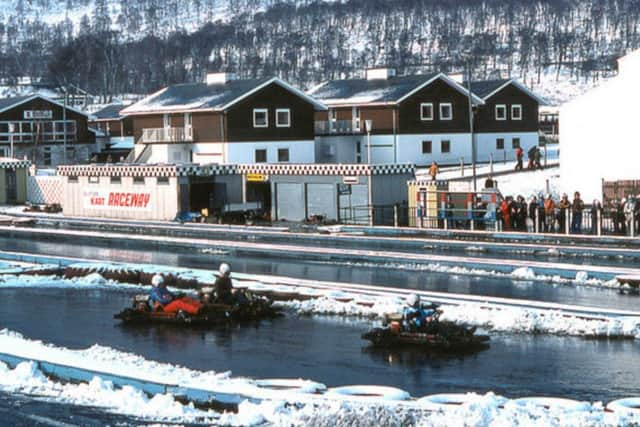

The Aviemore Centre was designed by architect John Poulson, who was jailed on corruption charges in 1974 after his bribery of officials was exposed.
During the trial, it emerged that Scottish Office civil servant George Pottinger, who in the late 1950s was put in charge of the redevelopment of Aviemore, received £30,000 of gifts from the architect, including a luxury cruise around Greece. Pottinger was jailed for five years.
Legend has it that Poulson’s plans for the Aviemore Centre were originally drafted for a resort in Gozo, Malta.
Meanwhile, holiday tastes started to change and Aviemore’s attractions didn’t feel as attractive anymore.
In 1986, the centre was bought out by major hotel group Stakis. The swimming pool closed followed by the ice rink and the cinema after that.
Advertisement
Hide AdAdvertisement
Hide AdTravel to the Alpine resorts became more within reach, not least due to the opening of the Channel Tunnel, and Aviemore struggled to hold its allure.
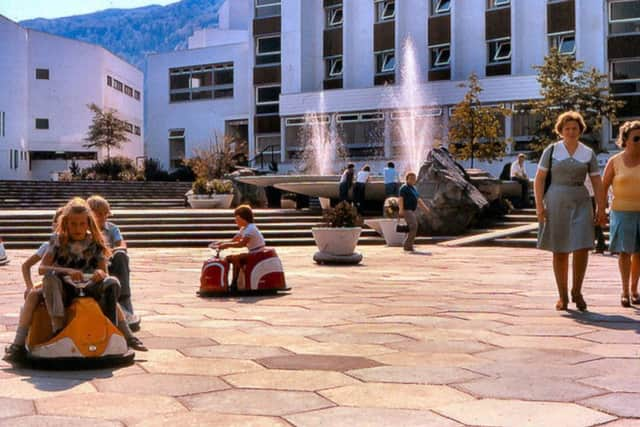

By the late 1990s, a large part of The Aviemore Centre had been demolished.
Today, a swimming pool and cinema is back on the site and used by guests of the Macdonald Hotels, whose portfolio in the village includes The Strathspey. One of the village’s biggest shops, Spey Valley Shopping, is also run by the hotel chain.
How the rest of the old site has yet to be decided. Outline planning permission was granted in 2011 for another mixed use development across the 40 acres, which is now known as the Aviemore Highland Resort, but the fine details of the plan have never emerged.
Locals are being asked how they want the village, which - along with the surrounding area still attracts a million visitors a year - want to look in the future.
While Aviemore of the 1970s and 1980s serves up good memories for some, the resort on which they were built is unlikely to be repeated.
.
